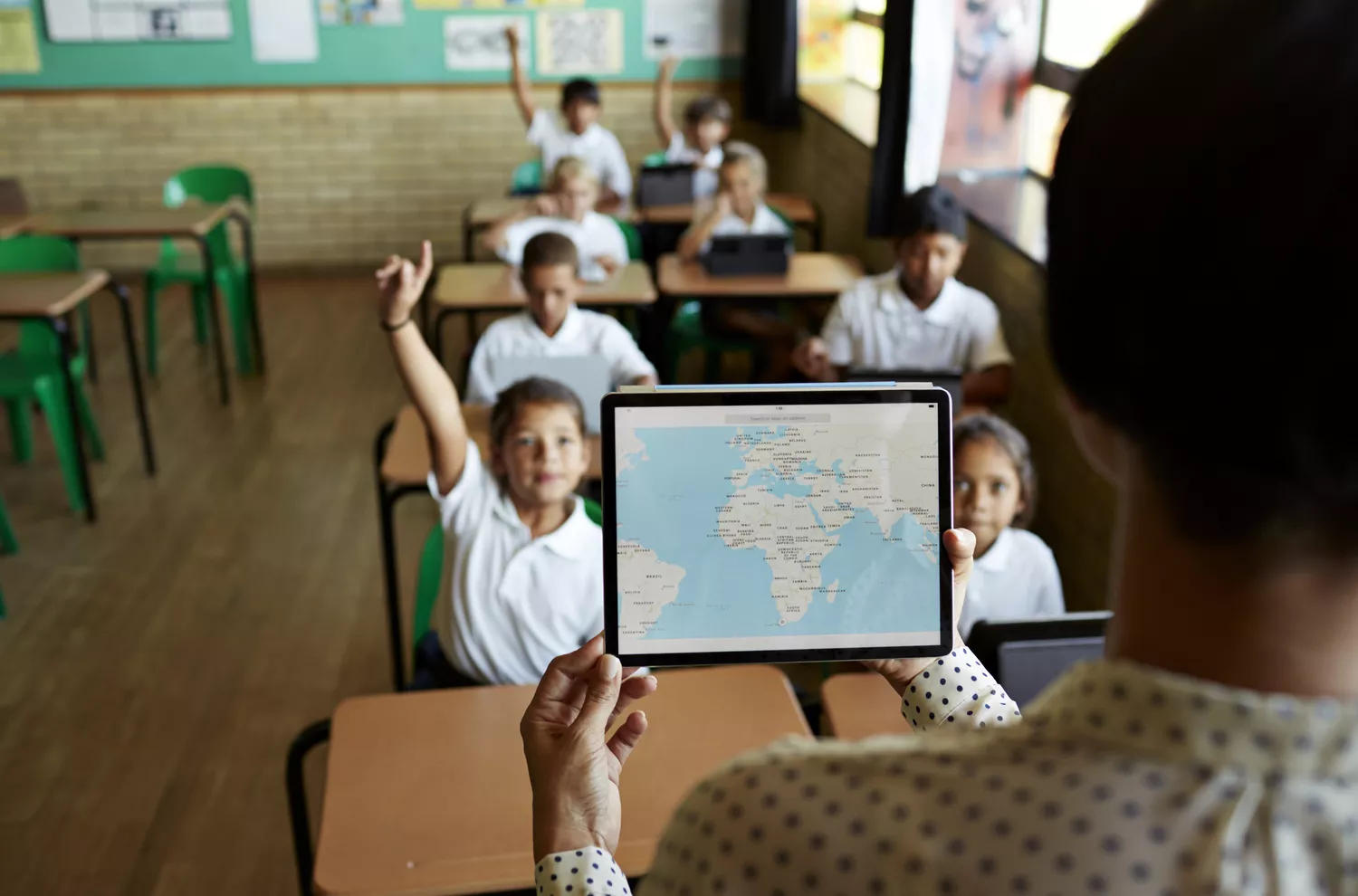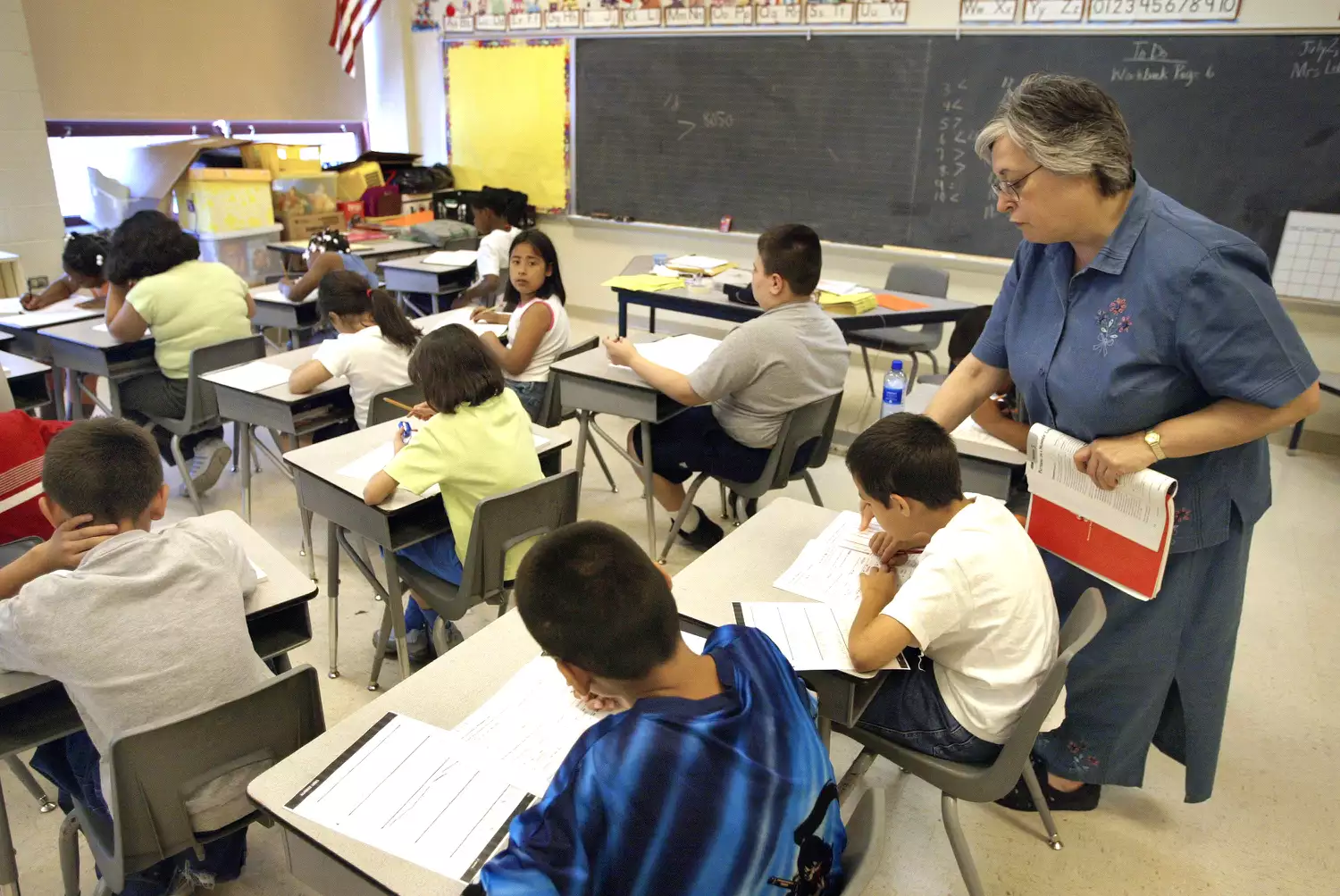
The theme of this unit is map abilities. This series of lessons will address primary directions, how to utilize different functions of maps, and show students how to make their own maps.
Use these 5 interesting lessons to teach your first graders whatever they need to know about maps.
Cardinal Directions
Time: 30 minutes
Goals
Following this lesson, trainees will be able to:
Recognize the primary instructions.
Describe how directions are utilized.
Products
Blank KWL chart
Genuine examples of maps
Compass and compass increased
Globe (optional).
North, South, East, and West cards put on the correct walls (keep these up for the entire unit!).
Student journals.
Key Terms.
Cardinal directions.
Compass.
Lesson Introduction.
Ask students what they learn about maps including how they are utilized, where they may be discovered, and what they have on them. Call students as much as compose their responses to these on a KWL chart along with fill in what they do not know and what they need to know. Then, reveal trainees several real examples of maps.
Guideline.
Discuss that you will be starting a system on maps. Show trainees a compass (use a document video camera if you have one).
Have a student come up and point out where north, south, east, and west are on the compass rose. Note that the directions are typically shortened.
” Can anybody think about why we might require these four directions?” Describe that they assist people to know where they are in the world.
” They can be utilized to help anybody understand where they are going no matter where they are. Directions help us get anywhere we require to go.”.
” Even sailors in the middle of the ocean can discover their method utilizing instructions. Turn and inform your next-door neighbor another kind of individual that may need to utilize instructions,” (e.g. truck chauffeurs, parents, pilots).
” Compasses constantly point north toward the ‘top’ of the world.” If utilizing a world, reveal students the top of the world. “They utilize magnets in the Earth to inform which way is north. When you know where North is, you can always find the other directions.”.
Set trainees up.
Activity.
Point out the cardinal instructions around the room. Ask trainees to use their bodies to point towards each one as you state it.
Describe to students that they will take turns directing their partner towards an item around the space utilizing primary instructions. Parter 1 will be whichever student’s name comes first alphabetically. Partner 1 needs to choose a things without telling their partner what it is.
Tell students that they must pick items that protest the four walls (intercardinal instructions will not be attended to in this unit).
Trainees ought to direct their partners toward their chosen items using step numbers and instructions. Example: “Take 4 small actions east.”.
Do this up until both students reach the object, then switch.
Have trainees spin around a couple of times prior to starting so they’re not simply walking in a straight line.
Allow roughly 10 minutes for this activity, five minutes per trainee.
Differentiation.
Have students inform their partners the item they picked and collaborate to create directions to reach it.
Evaluation.
Have students sit at their desks. Advise them to each label the cardinal instructions around the outside of their paper (in their journals) then draw an item that is north of their position.
Mapping a Route.
Time: 25 minutes.
Objectives.
Following this lesson, students will be able to:.
Use primary directions to map a route from one location to another.
Materials.
An extremely standard map of your school with primary instructions, your class, the lunchroom, and specials classes labeled for each trainee.
Colored pencils or crayons.
Printed maps from your school to a neighboring local landmark such as a park or grocery store for each student– circle school and landmark.
Key Terms.
Map.
Lesson Introduction.
Have trainees play “Simon Says” utilizing cardinal instructions (e.g. “Simon says to take three actions west.”) to refresh their memory.
Take your class on a short trip through the school. Explain all specials classes and the snack bar.
Direction.
” Does anyone remember what we found out in our last lesson about how primary instructions can be used?”.
Answer: “Directions help us get anywhere we require to go.” Have students duplicate this to the individual next to them and tell a time they or somebody they understand utilized instructions to get where they required to go.
Specify a map as a drawing of a location that reveals where important things are. “The location a map shows can be very large like the Earth or little like our class.” Ask students for examples of maps in their lives.
To the tune of “Bingo”: A map will reveal us where to go if we follow its directions. North, south, east, and west– these are cardinal directions.”.
Activity.
Pass out coloring utensils. Trainees will require a different color for each unique plus one for the lunchroom.
Have trainees turn up and help you map the paths to each special and the cafeteria.
Distinction.
To make the following evaluation more available, ask students to utilize arrows of a specific color for each primary instructions to show instructions on the map instead of letters.
Assessment.
Pass out the map you have actually printed from the school to a regional landmark. Have trainees first draw a compass rose someplace on the map then draw the path from the school to the landmark. Students need to identify each turn with its instructions (e.g. An “E” when taking a trip east). This can be completed as research or in-class practice.
Map Keys.
Time: 30-40 minutes.
Objectives.
Following this lesson, trainees will have the ability to:.
Explain the purpose of a map secret.
Products.
Franklin Is Lost by Paulette Bourgeois– digital variation offered to borrow through Internet Archive Digital Library (develop a totally free account to utilize).
An approximately drawn sketch of your school playground with nothing labeled.
Example of a map with a map key.
Student journals.
Secret Terms.
Map key.
Lesson Introduction.
Read Franklin Is Lost prior to starting this lesson, possibly as a Morning Meeting activity.
Direction.
Go over why Franklin got lost while playing hide-and-seek. “What have we been learning about that would’ve assisted Franklin discover his way? Do you believe that we could make a map for Franklin so that he doesn’t get lost again?”.
Explain to students that maps are useful for finding which way to go however it isn’t always simple to inform what images on a map are supposed to represent. Program trainees your unlabeled sketch of the play ground.
” What could I contribute to this map to make it much easier to comprehend?” Explain that a map key, which uses signs and colors to inform what a place or things is, would assist.
Show students a map with a crucial and show how to use it.
Sing the map tune from “Mapping a Route” lesson.
Activity.
Draw a map of the classroom while students watch. Label the door, whiteboard, your desk, etc on a map secret. Use colors and symbols.
Deal with trainees to identify essential items and locations that Franklin encountered in the book.
” Turn and inform the person next to you one essential location or things Franklin saw.”.
” What place should we label extra plainly for Franklin?” Trainees need to state the woods due to the fact that he was particularly informed not to go there.
As a class, draw a map for Franklin that only consists of the course from Franklin’s home to Bear’s house. Do not draw a key.
Have trainees work with a partner to make their own maps for Franklin that include Franklin’s house, Bear’s home, the woods, the bridge, and the berry patch– with a course going through each of them– in their journals (they may talk about with partners however must produce their own maps).
Tell them to plainly identify each place or item in a map key (e.g. Use a little tree symbol to represent the forest).
They can use your already-started map for reference and duplicate what you’ve done.
Assessment.
Have trainees include another function to their maps and label it in their map secrets. This can be another character, things, or location that was mentioned such as Bear, the water under the bridge, or the logs and bushes in the woods.
Making Map Books.
Time: Two 30-minute durations.
Goals.
Following this lesson, students will be able to:.
Teach others about map abilities.
Materials.
Several sheets of blank paper for each trainee.
Numerous examples of genuine maps (can be the very same ones trainees currently saw in very first lesson).
Coloring utensils.
Checklists for books with sentence stems (see details in Lesson Introduction).
A completed book example.
Rubric for Assessment.
Key Terms.
Map abilities.
Lesson Introduction.
Check out map examples with your students. Call a couple of up to identify essential features. Describe to students that they now have fantastic map skills because they understand what goes in maps and how to read them. Map abilities make it possible to use maps.
Choose beforehand (this is what you will include on checklists):.
How much composing vs. drawing/diagramming you want to require of your trainees.
What functions trainees need to consist of in their map books (options may be an explanation of cardinal directions, what a compass is and what it does, how to prepare a path using a map, how to use a map key, etc).
Note: You will require to prepare sentence stems for these that students will finish and write in their books. E.g. “The four primary directions are _____.”.
The number of pages will remain in the books.
Just how much time trainees will need to finish these.
Instruction.
Ask students why maps are so essential. “Maps utilize directions to assist us get anywhere we require to go. What would it be like attempting to get around without maps?”.
” What would it be like to not know how to utilize maps or not have map skills? Turn and tell the individual beside you why it would be challenging to not have map skills.”.
Inform trainees that they will be making books to teach others map skills.
Activity.
Supply each student with a list that tells what they will need to consist of in their book (these are the features you will be checking for when examining their work).
Program trainees your completed example. Demonstrate how to use the list to ensure all important parts are included.
Allow trainees as much time as you have actually arranged for this activity.
Differentiation.
Offer extra graphic organizers for preparing the books. Give some students choices for what to put in the blanks you have actually supplied. “The four cardinal directions are _____ North/South/East/ West or Up/Down/Left/ Right.”.
Assessment.
Utilize a rubric to examine trainee work. Examine whether they have included every crucial function and for the accuracy/delivery of each.
Treasure Hunt.
Time: 25 minutes.
Objectives.
Following this lesson, students will be able to:.
Efficiently use a map.
Products.
5 “treasure boxes” or items for trainees to find.
Five maps, one for each treasure box, with all map includes students have found out (cardinal instructions, compass increased, map key, etc).
Copy these so that each student has their own.
Lesson Introduction.
Conceal the treasure in the classroom while the students are gone, as spread out as possible.
Evaluation the map tune with students and advise them what they have found out in each lesson so far. Inform trainees that they are going to put all of their map skills to the test. Divide them into 5 groups.
Guideline and Activity.
Discuss to students that you have hidden treasure around the room and the only method to find it is to utilize whatever they know about maps.
Provide each student their own map. There ought to be 5 separate maps but group members should have the same one.
Give students approximately 15 minutes to interact to find their treasure.
Once every group has actually discovered their treasure, gather the class to talk about the activity on the carpet. Add to the KWL chart you began in the very first lesson and permit a couple of students to reveal the class their map skills books.
Distinction.
Provide trainees with step-by-step directions for finding the treasure in addition to the maps. These must be uncomplicated and visual.
Assessment.
Have students write a sentence or two describing how they utilized the map to find the treasure in their journals. What was the first thing they did? What map feature was most handy?




